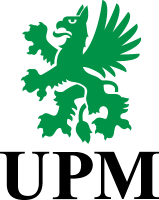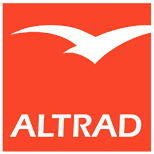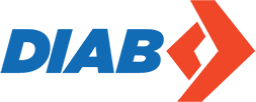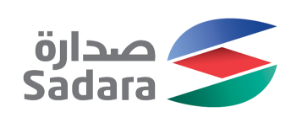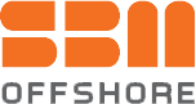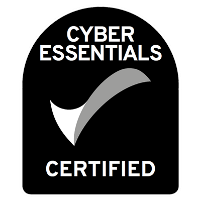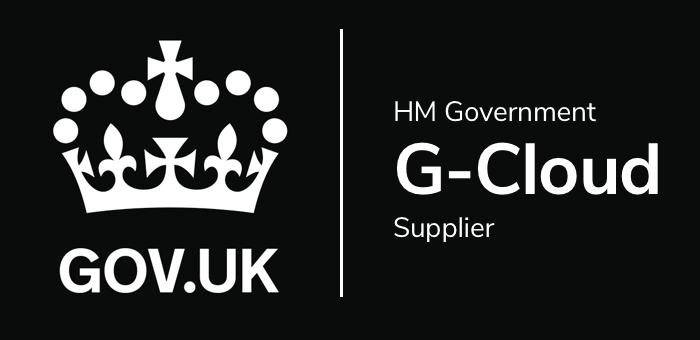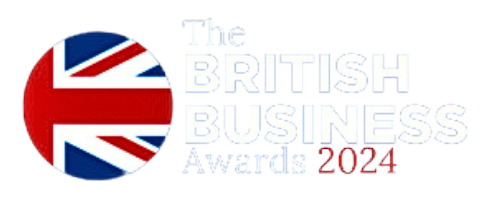
Introduction:
Permit to Work (PTW) is a crucial safety protocol widely employed across various industries to manage potentially hazardous work activities. It is a formal documented system meticulously designed to ensure that perilous tasks are executed safely and responsibly.
Adherence to PTW systems goes far beyond a mere safety measure; it is often a legal imperative. Neglecting to adhere to PTW regulations can result in severe ramifications, encompassing substantial fines and even potential criminal charges, including incarceration!
Industries Requiring PTW Systems:
PTW systems find their greatest relevance in industries characterised by high-risk work environments &/or activities. These encompass sectors such as construction, manufacturing, oil and gas, chemical processing, mining, and power generation. These industries frequently confront perilous tasks like equipment maintenance, confined space entry, hot work, electrical installations, and the handling of hazardous substances.
PTW serves as a pivotal framework in these sectors, enabling employees to systematically assess and manage associated risks, by completing an electronic set of questionnaires and future instructions for others, safeguarding the welfare of your employees and contractors, and ensuring compliance with regulatory mandates. Additionally, businesses in pharmaceutical, such as laboratories, and research facilities may also find value in PTW procedures when managing activities involving biohazardous materials or specialised equipment, thereby protecting personnel and averting accidents.
In essence, PTW systems offer benefits to any industry susceptible to workplace hazards by systematically enforcing the application of safety measures, curtailing risks via the consistent application of risk mitigation measures, with software acting as an ideal means to instil and record the behaviour.
Essential Components of PTW Systems:
Irrespective of the forms they take, such as paper-based, spreadsheet-based, or digital systems like IAMPermit, PTW software systems share fundamental elements, designed to:
- Identify and Assess Risks: Systematically evaluate and quantify risks associated with specific tasks.
- Specify Precautions and Risk Mitigation Measures: Clearly define the safety precautions and measures essential to mitigate identified risks.
- Authorise Task Execution: Authorise individuals or teams to undertake the task, contingent upon compliance with the prescribed safety protocols.
Benefits of PTW Systems:
The advantages of PTW software systems are well-documented and encompass:
- Risk Mitigation: PTW systems play a pivotal role in significantly reducing the probability of accidents and injuries by meticulously identifying and mitigating potential hazards.
- Legal Compliance: Organisations that institute PTW software systems showcase their commitment to safety regulations, reducing the vulnerability to legal repercussions.
- Enhanced Communication: PTW fosters clear and transparent communication between workers and management, ensuring everyone comprehends safety measures and their respective responsibilities.
Challenges and Considerations:
However, PTW systems also present certain challenges and considerations that require attention:
- Training: Effective training is imperative for the successful operation of PTW software systems. Ensuring that all personnel grasp the process, and its significance is critical.
- Documentation: Meticulous documentation of PTW procedures, including comprehensive records of completed permits, is indispensable for audits and regulatory compliance.
- Cultural Shift: Organisations may encounter resistance to change during the implementation of PTW software systems, necessitating a concerted effort to cultivate a safety-centric organisational culture.
"An ounce of prevention is worth a pound of cure." – Benjamin Franklin
Consequences of Non-Compliance:
Non-compliance with PTW procedures carries severe repercussions that can reverberate throughout an organisation:
- Fines and Penalties: Regulatory authorities, in numerous countries, possess the authority to impose substantial fines on organisations flouting PTW regulations. These fines, contingent on the severity of the violation and jurisdiction, can exert a substantial financial toll on organisations.
- Legal Liability: When accidents or injuries occur due to PTW non-compliance, organisations, and individuals, including Health and Safety Executives, may become legally liable. This can lead to costly lawsuits and harm the organisation's reputation.
- Criminal Charges: In the gravest scenarios where non-compliance results in severe injuries or fatalities, criminal charges can be levied against individuals or organisations, potentially culminating in substantial fines and imprisonment.
- Operational Disruption: Non-compliance can disrupt operations, potentially necessitating temporary shutdowns of facilities and projects, thereby impacting an organisation's financial stability and reputation.
- Loss of Contracts: Many clients and contractors stipulate stringent adherence to safety protocols, including PTW, as a prerequisite for business collaboration. Non-compliance can lead to the loss of contracts and valuable opportunities.
- Regulatory Scrutiny: Organisations perpetually in non-compliance with PTW regulations may face heightened regulatory scrutiny, resulting in more frequent inspections, audits, and stringent oversight, thereby increasing the organisational burden.
Case Studies Illustrating the Importance of PTW:
To underscore the gravity of non-compliance with PTW software systems, consider these poignant case studies:
- Buncefield Oil Storage Depot Explosion (2005):
- The Buncefield Oil Storage Depot explosion in the UK, one of Europe's largest industrial fires, stemmed from overfilling a gasoline storage tank, exacerbated by inadequate PTW processes and communication breakdowns.
- The facility operators faced significant legal repercussions, substantial fines, and an extensive cleanup endeavour.
- Following this incident, an IAMTech representative was invited to the HSE Headquarters as a technical authority to provide guidance on available software for mitigating future risks.
- Macondo Well Blowout (Deepwater Horizon) (2010):
- The Deepwater Horizon oil rig explosion and subsequent Gulf of Mexico oil spill resulted from a multitude of failures, including insufficient PTW procedures.
- The rig operator grappled with substantial legal challenges, including lawsuits, penalties, and criminal charges, due to safety lapses and non-compliance with established protocols.
- Following this disaster, JUPITER insurance, BP’s self-insurer, commissioned IAMTech to develop an expert decision software system. This innovative tool empowered individuals without specific expertise to assess the risks of fire, explosion, and other hazards. The objective to efficiently evaluate the FEHM risk across 700 locations, including refineries, offshore platforms, chemical plants, offices, and hotels, eliminating the need for an expensive and time-consuming five-year global consultancy expedition.
- West Fertilizer Company Explosion (2013):
- The explosion at the West Fertilizer Company in Texas resulted from a fire igniting stored ammonium nitrate.
- The incident spotlighted deficiencies in PTW systems and safety practices, leading to fatalities and extensive property damage. Regulatory agencies called for more stringent safety regulations for the handling of hazardous materials.
These case studies underscore the critical need for implementing and adhering to robust PTW systems as a preventive measure to avert accidents, protect lives, and forestall legal and financial repercussions. Notably, digital PTW systems are supplanting traditional paper and spreadsheet formats as more comprehensive and secure alternatives. If you find your current PTW system lacking, have you contemplated digitalising the process? If so, don't hesitate to reach out to IAMTech today at sales@iamtech.com for a FREE IAMPermit demo or explore further information on our website at https://www.iamtech.com/products/permit-software.
However, whilst newer digital systems can help to streamline health and safety processes, always remember, "Safety is not just a gadget, but a state of mind." – Eleanor Everet, Safety Expert.



